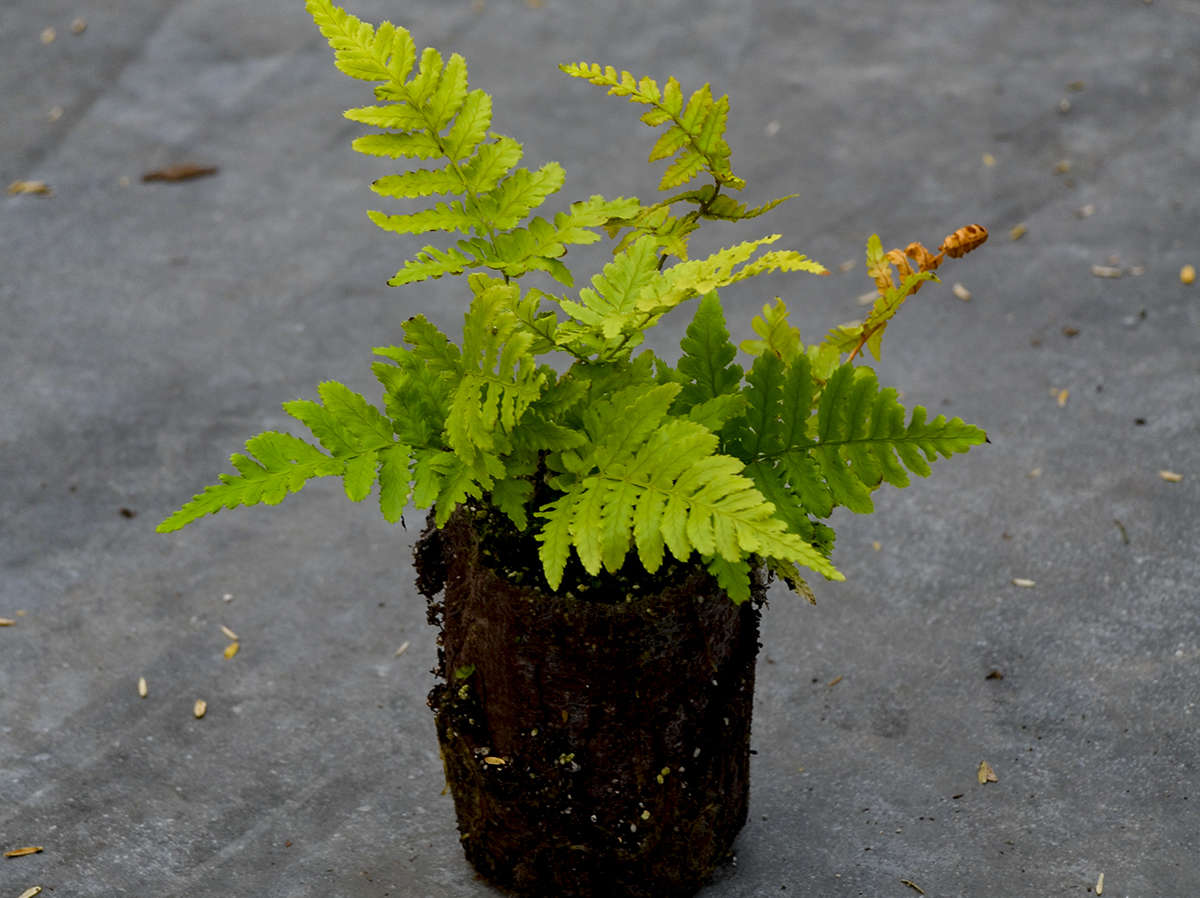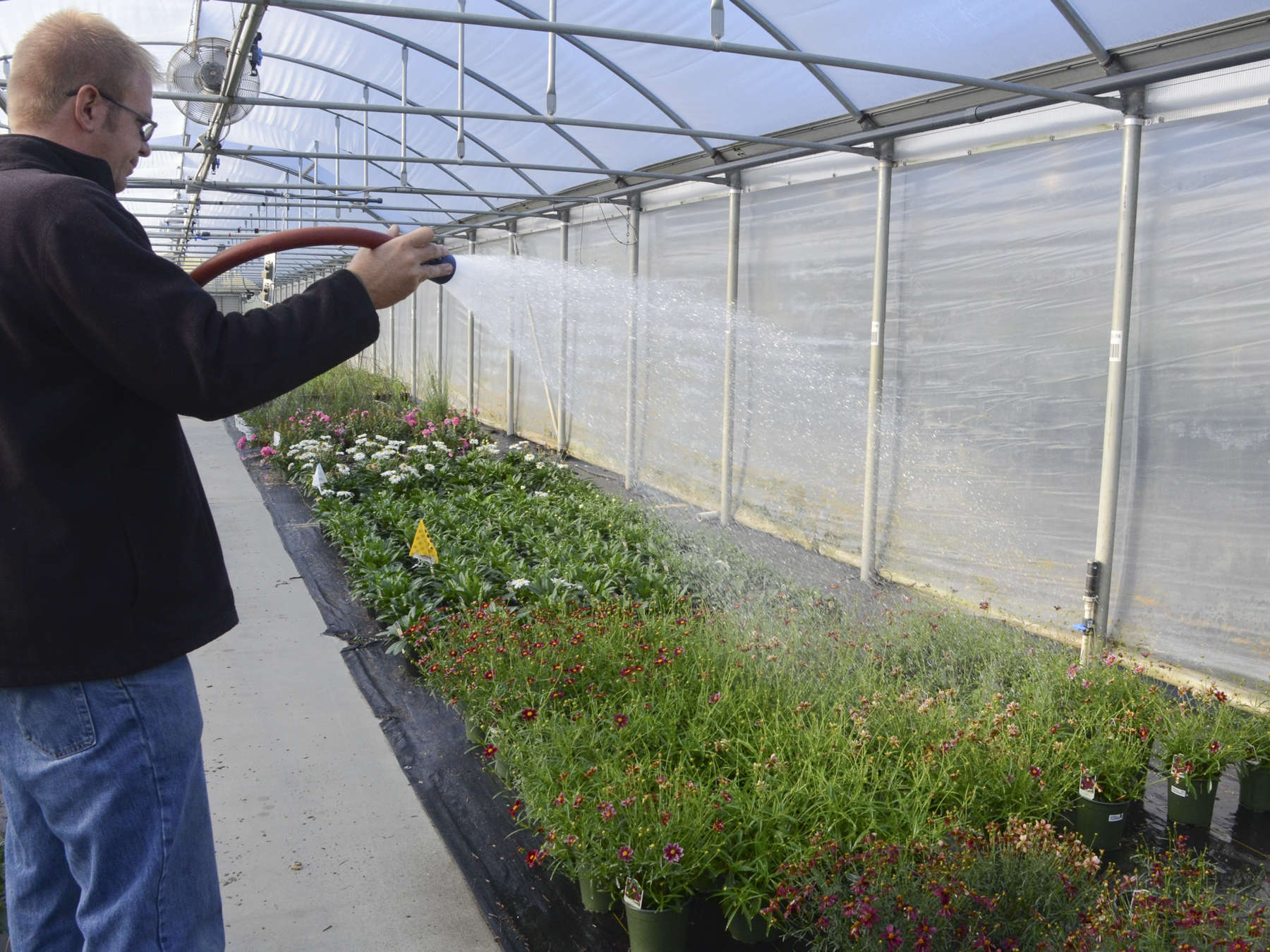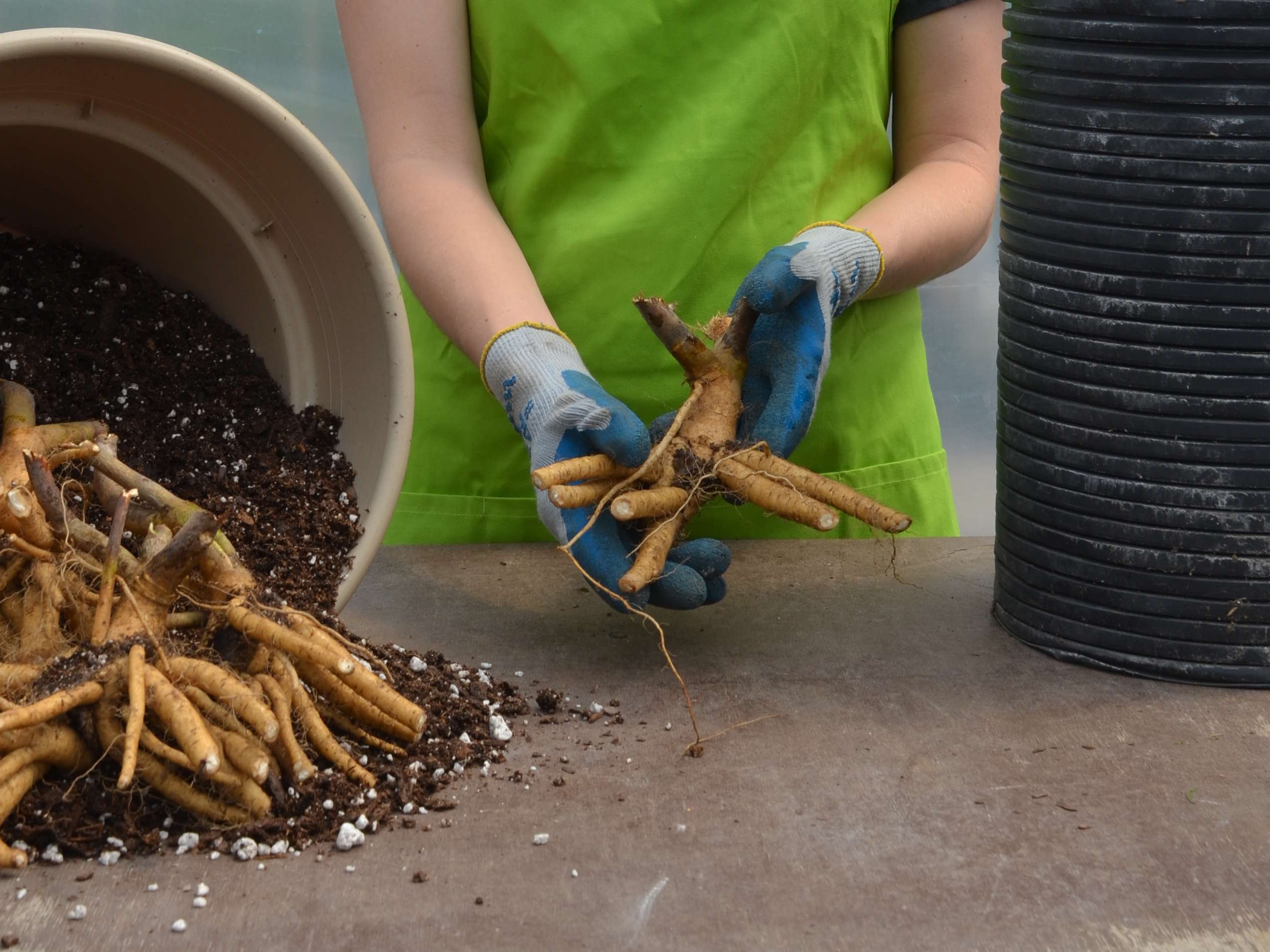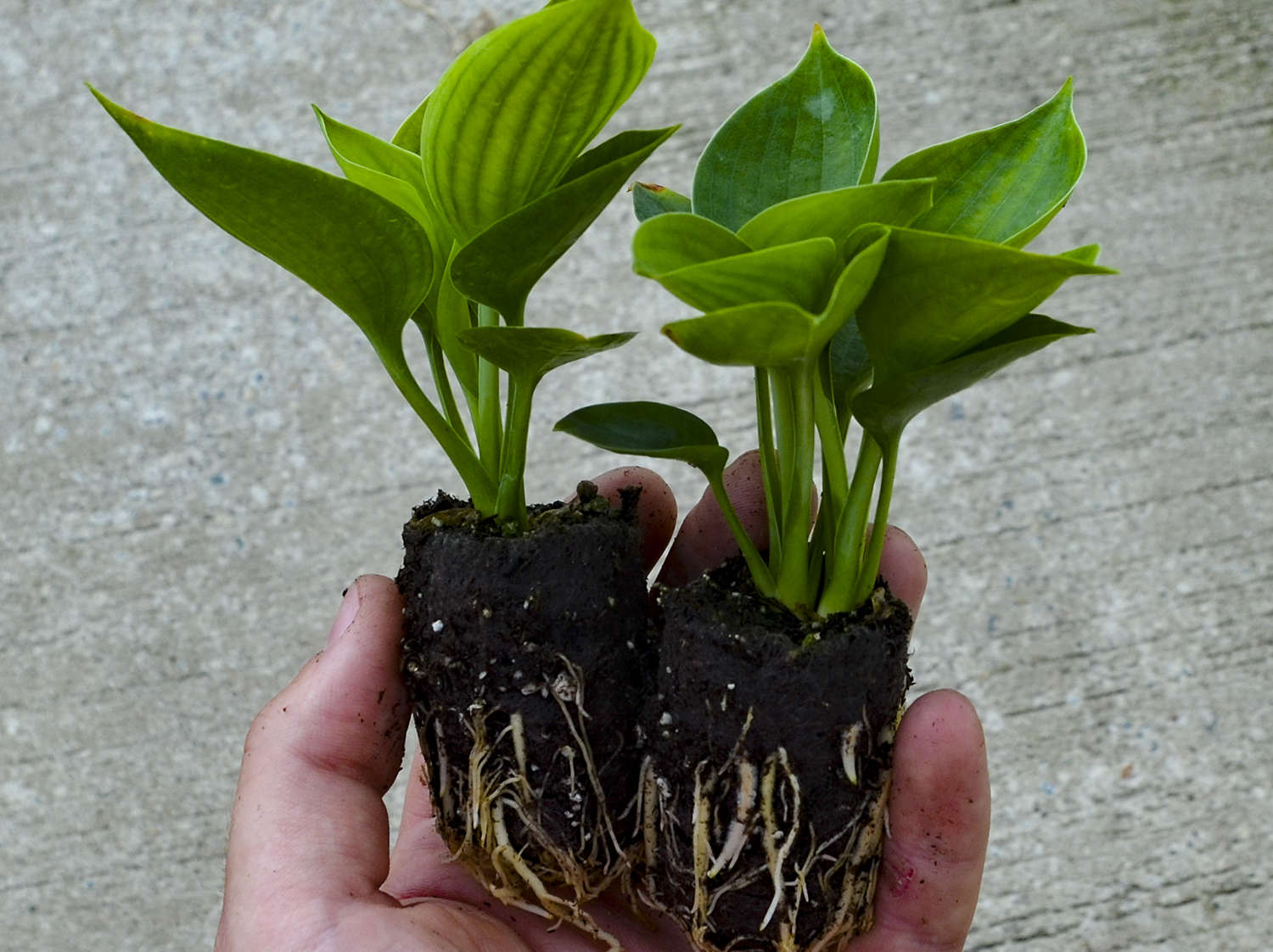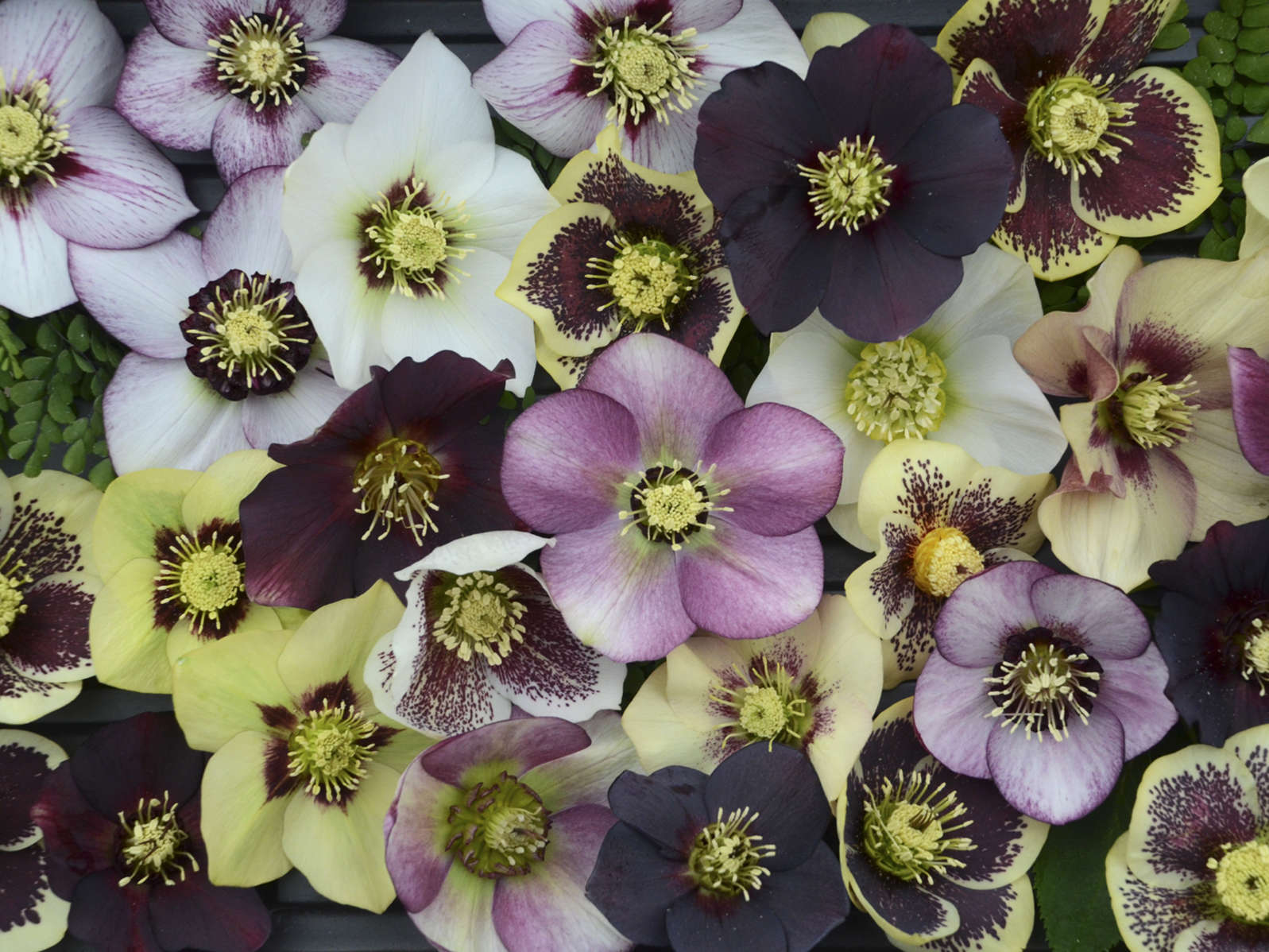Helleborus Growing Tips
09/05/2016
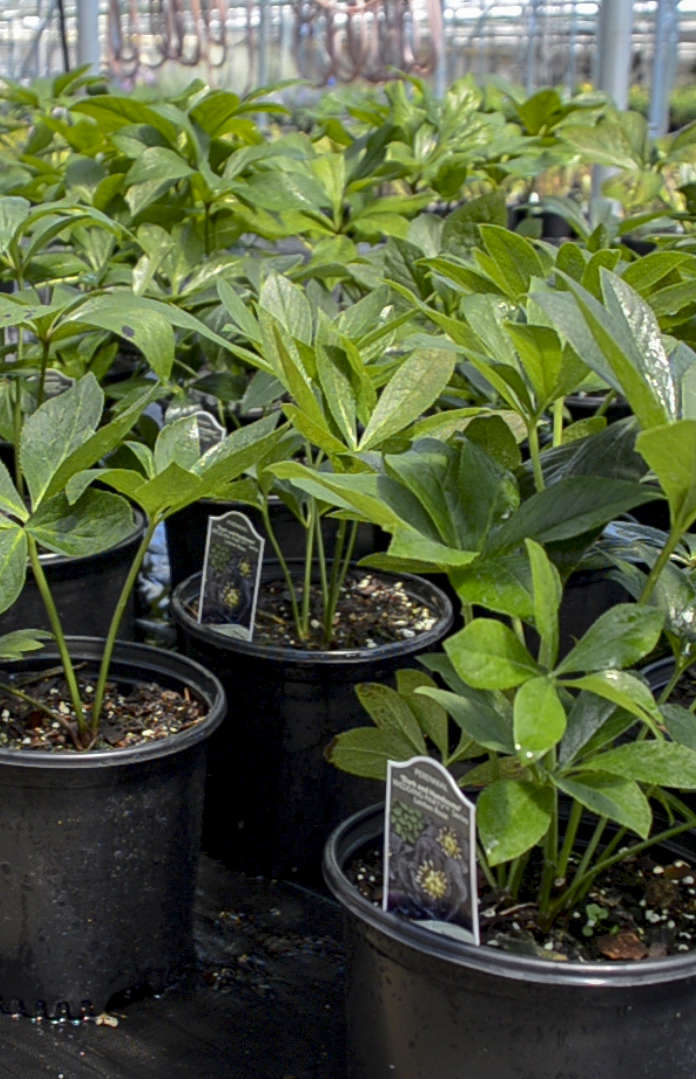
A Hellebore’s first season of growth is the most vital in its development. In their first season, you may see some yellowing (or chlorosis) of the foliage. This doesn’t necessarily mean the plant is unhealthy, but it is an indicator the crop could use a little help. We have found the best ways to combat yellowing is with additional iron sprays and higher PPM Nitrogen and Iron drenches. You may have to make an Iron sprays every 2-3 weeks, which typically takes a further 2-3 weeks to see results after spray application. In their second season, chlorosis is much less of an issue.
Another step you can take is to look into the quality of your water. The minerals found in water are very important for plant growth. For example, our water tends to be lower in calcium and magnesium, and we compensate this by using fertilizers that get us to the ideal range for Hellebores for these two elements. We recommend you have your water tested and get further advice on how to treat your crops.
When the Hellebores are emerging in late winter/early spring, Hellebores are feeding heavily, so we recommend utilizing about 200 ppm Nitrogen every 2-3 weeks or at a lower PPM if you are continuously injecting. During the summer months, these plants are much less active, so you may want to cut fertilizer rates or even stop them altogether.
We recommend a low pH around 5.8-6.2 and an EC of 1.5-2.0 using the pour-through method.
Diseases like Botrytis, crown and root rot can become a concern as these plants like to be moist but not wet. Keep your plants well-spaced and the humidity low to ensure a healthy crop.
